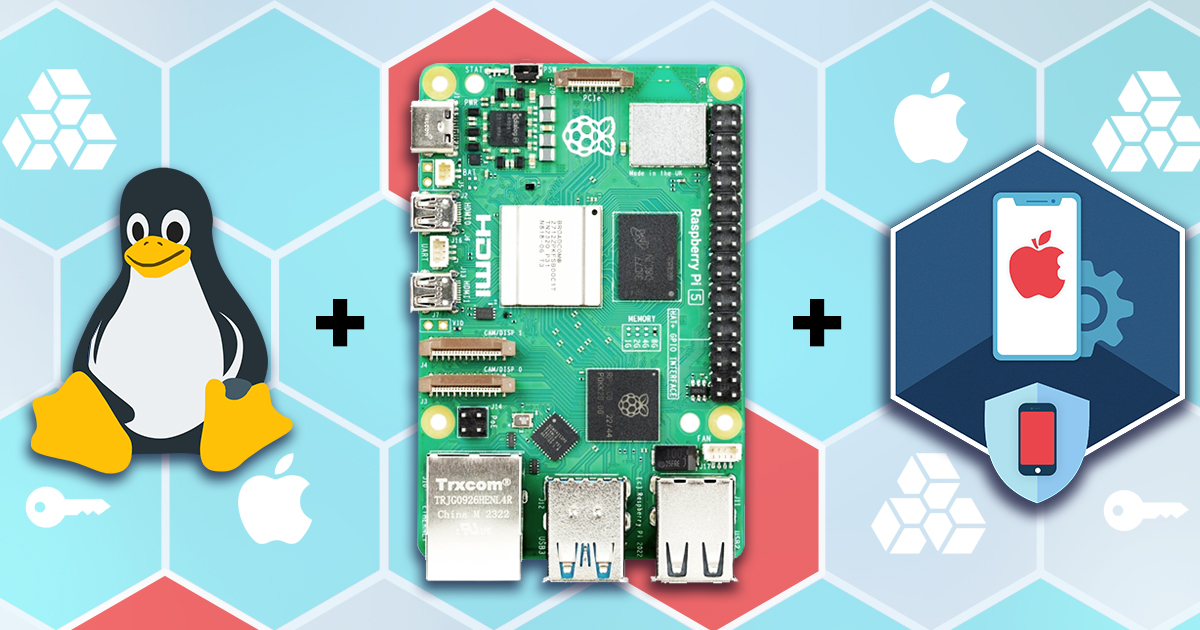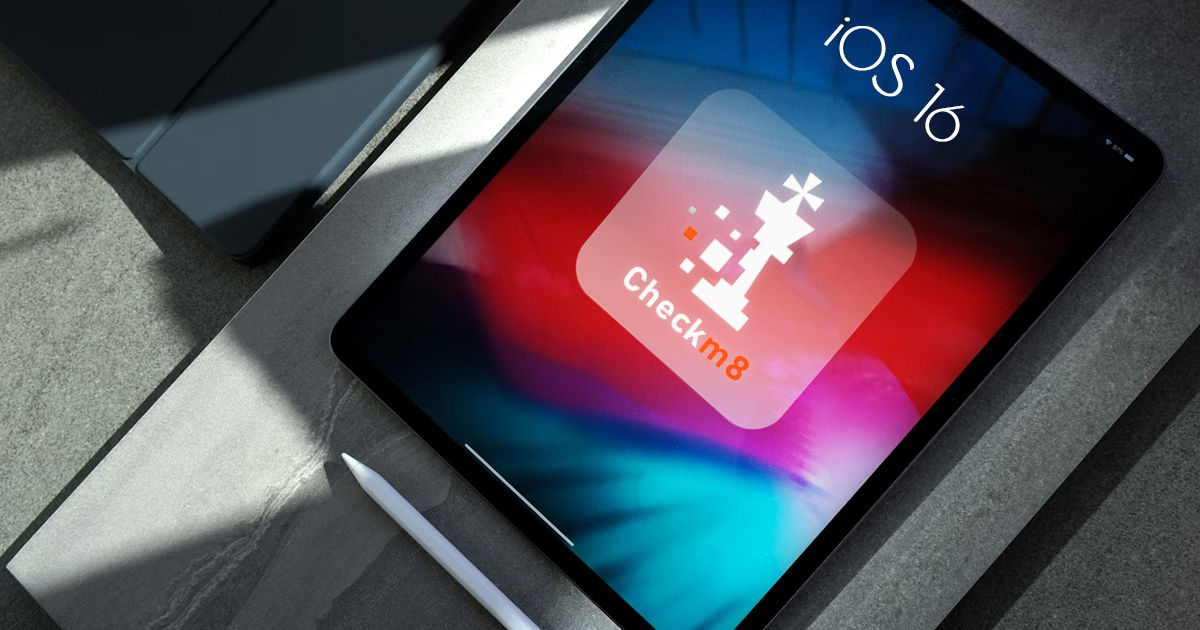iOS 14 is officially out. It’s a big release from the privacy protection standpoint, but little had changed for the forensic expert. In this article, we’ll review what has changed in iOS 14 in the ways relevant for the forensic crowd.
The keychain is one of the hallmarks of the Apple ecosystem. Containing a plethora of sensitive information, the keychain is one of the best guarded parts of the walled garden. At the same time, the keychain is relatively underexplored by the forensic community. The common knowledge has it that the keychain contains the users’ logins and passwords, and possibly some payment card information. The common knowledge is missing the point: the keychain contains literally thousands of records belonging to various apps and the system that are required to access lots of other sensitive information. Let’s talk about the keychain, its content and its protection, and the methods used to extract, decrypt and analyze the various bits and pieces.
EIFT, Elcomsoft iOS Forensic Toolkit, Elcomsoft Phone Breaker, Elcomsoft Phone Digger, Elcomsoft Phone Viewer, EPB, EPD, EPV, icloud keychain, iOS, keychain
How can you obtain the highest amount of data from an iPhone, iPad, Apple TV or Apple Watch? This is not as simple as it may seem. Multiple overlapping extraction methods exist, and some of them are limited to specific versions of the OS. Let’s go through them and summarize their availability and benefits.
backup, checkra1n, EIFT, full file system, iCloud backup, iOS, iOS backup, iPadOS, iTunes backup, jailbreak, keychain, logical acquisition, tvOS, unc0ver, WatchOS
Originally released in September 2016, iOS 10 was regularly updated for most devices until July 2017. The 64-bit iPhones capable of running iOS 10 range from the iPhone 5s to iPhone 7 and 7 Plus. While one is hardly likely to encounter an iOS 10 in the wild, forensic labs still process devices running the older version of the OS. In this update, we’ve brought support for jailbreak-free extraction back to the roots, adding support for the oldest version of iOS capable of running on the iPhone 7 generation of devices. Let’s see what it takes to extract an older iPhone without a jailbreak. In addition, we have expanded support for the Apple TV devices, now offering keychain decryption in addition to file system extraction for both Apple TV 4 (Apple TV HD) and Apple TV 4K running tvOS 13.4 through 13.4.5.
“We shouldn’t ask our customers to make a tradeoff between privacy and security. We need to offer them the best of both. Ultimately, protecting someone else’s data protects all of us.” Guess who said that? The answer is at the end of the article. In the meantime, we keep talking of iPhone and iOS security, following up the Apple vs. Law Enforcement – iOS 4 through 13.5 article. This time we are about to discuss some other aspects of iOS security.
In our recent article iPhone Acquisition Without a Jailbreak I mentioned that agent-based extraction requires the use of an Apple ID that has been registered in Apple’s Developer Program. Participation is not free and comes with a number of limitations. Why do you need to become a “developer”, what are the limitations, and is there a workaround? Read along to find out.
Just days ago, we have reviewed the data stored in iCloud, and studied its encryption mechanisms. We also discussed the discrepancies between the data that is stored in the cloud and the data that’s provided to the law enforcement. In case you missed it, make sure to check out Apple vs. Law Enforcement: Cloud Forensics. Today, the differences are great; Apple is using point-to-point encryption to protect certain types of data. However, it has not always been that way. Apple security model changed year after year. This article reviews the timeline of Apple security changes over time.
What can possibly go wrong with that iPhone? I’ll have a look (oh, it’s locked!), then switch it off, eject the SIM card and pass it on to the expert. Well, you’ve just made three of the five most common mistakes making subsequent unlock and extraction attempts significantly more difficult. Learn about the most common mistakes and their consequences.
What is DFU, and how is it different from the recovery mode? How do you switch the device to recovery, DFU or SOS mode, what can you do while in these modes and what do they mean in the context of digital forensics? Can you use DFU to jailbreak the device and perform the extraction if you don’t know the passcode? Read along to find out.


